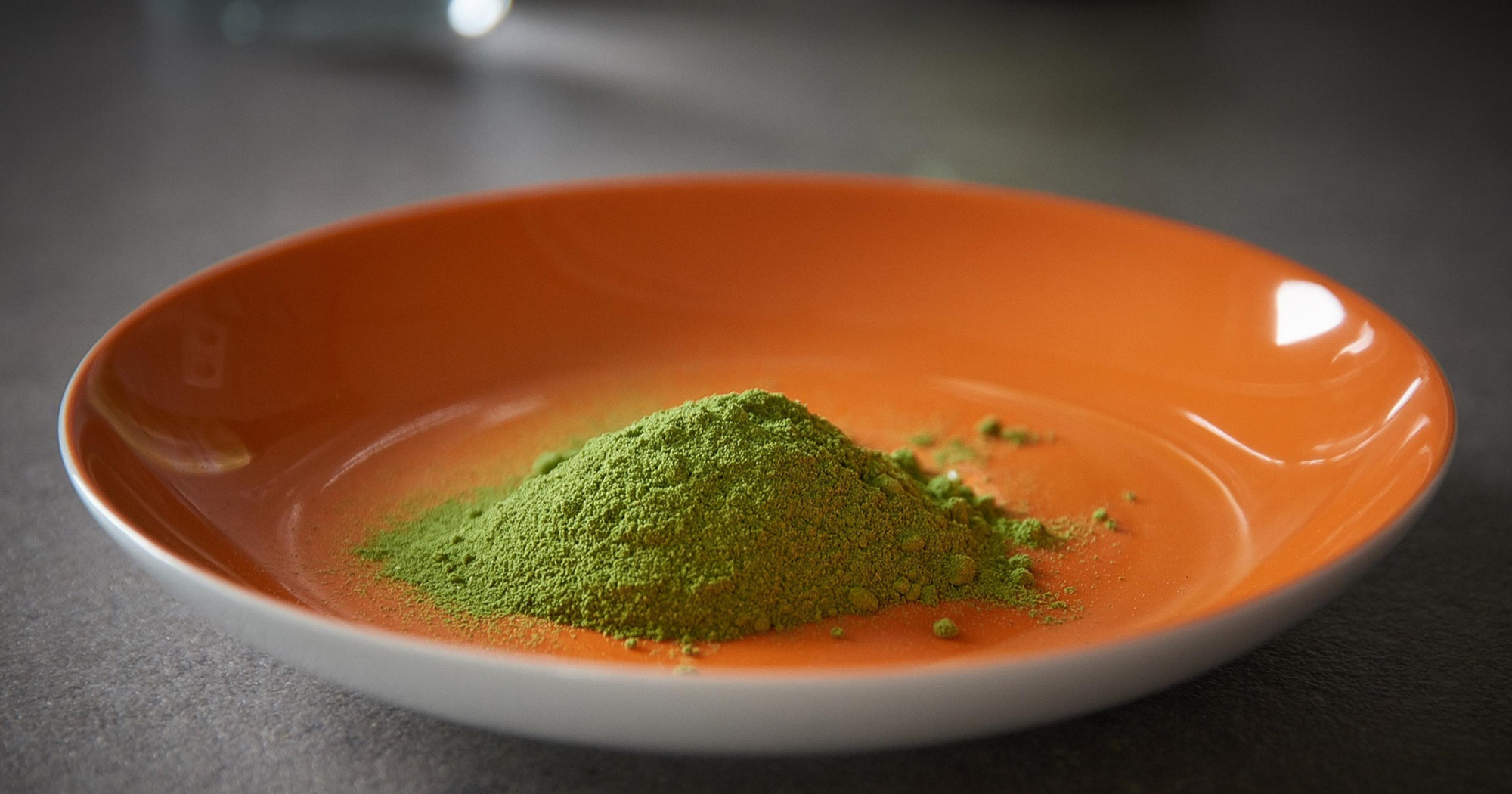Moringa

Is moringa a wonderfood or should you rather spend your money on something else?
Moringa (Moringa oleifera), also known as ‘drumstick tree’, is a tree native to northwest India and now grown widely in tropical and subtropical areas. It’s usually the leaves and seed pods – which resemble drumsticks – that are eaten but it has several other uses, for example as a medicinal plant, as a cosmetic ingredient or for water purification. Moringa trees are also grown in many places to stabilise soil and reduce erosion.
Moringa grows fast and tolerates drought, which is why it’s been a part of traditional diets for millennia. It thrives in sunny and warm places but cannot endure freezing temperatures so its cultivation is limited to certain geographic regions such as India, Thailand, Philippines, Indonesia, Central America, the Caribbean, northern parts of Africa and South America, Oceania etc.
The leaves are the most nutritious part of the plant. They are a good source of antioxidants, B vitamins, vitamin C, beta-carotene (vitamin A), vitamin K, calcium, iron, manganese, protein and other essential nutrients. Some of the calcium in moringa leaves is bound as crystals of calcium oxalate but it’s only a fraction so moringa is still considered a good source of calcium.
Fresh leaves are traditionally used in curries, soups, pakoras and salads whilst the seed pods are boiled and eaten directly. Other parts of moringa such as bark and flowers tend to be used more as medicinal and cosmetic ingredients and are not safe for consumption.
For the purposes of export, moringa leaves are dried and crushed into a powder. It’s the leaf powder that’s now sold in the UK by many companies and added into a myriad of products. You can buy moringa leaf powder in pouches or, as a supplement, in capsules.
| Nutrients in moringa leaf powder | Per 100g | Per 5g
(a heaped teaspoon) |
Recommended daily intake (adults) |
|---|---|---|---|
| Fat | 2.3-6.7g | 0.1-0.4g | 70g |
| Saturated fat | 0.6-1.8g | 0.03-0.09g | 20g (max) |
| Carbohydrates | 19.2-38g | 1-1.9g | 260g |
| Of which sugars | 0.8-14.7g | 0.04-0.7g | 90g |
| Fibre | 19-49g | 1-2.5g | 24g |
| Protein | 23-27g | 1.2-1.4g | 50g |
| Vitamin A | 5.5-16.3mg | 0.3-0.8mg | 0.6-0.7mg |
| Vitamin E | 20-113mg | 1-5.7mg | 3-4mg |
| Vitamin B1 (Thiamine) | 0.17-2.6mg | 0.01-0.13mg | 0.8-1mg |
| Vitamin B2 (Riboflavin) | 0.9-20.5mg | 0.05-1mg | 1.1-1.3mg |
| Vitamin B6 | 1.6mg | 0.08mg | 1.2-1.4mg |
| Vitamin C | 5.2-17.3mg | 0.26-0.87 | 40mg |
| Potassium | 1,140-1,810mg | 57-91mg | 3,500mg |
| Calcium | 1,620-2,380mg | 81-119mg | 700mg |
| Magnesium | 368-718mg | 18.4-36mg | 270-300mg |
| Iron | 28-65mg | 1.4-3.2mg | 8.7-14.8mg |
| Zinc | 2-3.3mg | 0.1-0.2mg | 7-9.5mg |
Moringa is truly a good source of nutrients, although the specific amounts of these depend on the variety and where the tree is grown. Moringa leaf powder is a great nutrition boost when added to smoothies, soups, stews etc. The powerful antioxidants in it can also help regulate blood sugar and reduce inflammation.
On the other hand, the amount of moringa powder in supplements is not high enough to justify the usually steep price so you’re better off buying a pouch of the powder and adding it to your meals.
You might have seen flashy comparisons showing that gram per gram moringa has more of the above nutrients than most other foods but beware – these comparisons don’t take into consideration how much of the food you actually eat. So even though moringa is very nutritious, you’re not likely to eat 100 grams of the powder in one sitting whilst you easily eat 100 grams and more of fresh foods.
If your diet is fairly healthy and you eat a variety of unprocessed, wholesome foods, you’re likely getting all the important nutrients and might not need any additions, powdered or not. However, if you feel a bit guilty because your diet is not exactly the best or don’t want to worry too much about your calcium and iron intake, it might be worth getting some moringa powder to top up on important nutrients. Bear in mind that it’s not a magic bullet though, so having a spoonful of this green powder can’t undo the damage of a long-term poor diet.
Word of caution: The root and its extracts are toxic and can cause paralysis and even death. If you’re pregnant or trying to conceive, strictly avoid moringa root, bark or flowers, all of which can act as a contraceptive and can also make the uterus contract and cause a miscarriage. Taking moringa leaves or leaf powder during pregnancy is probably safe in small doses but there isn’t enough scientific information to confirm this.
There have also been claims that moringa leaves can help increase milk production in new mothers but at the moment, there isn’t enough information and data to support this.
So what’s the take home message? Moringa might be a welcome top-up to your diet but take caution if you’re pregnant (or trying to be). If you want to try and experiment with it, go for the leaf powder, not supplements and try stirring or mixing it into your drinks or dishes – about a heaped teaspoon per portion. Moringa truly is a miracle tree but mainly for people in countries where it’s grown and where it’s one of the staple food ingredients. Powdered moringa can have many benefits but don’t let it break your bank.
